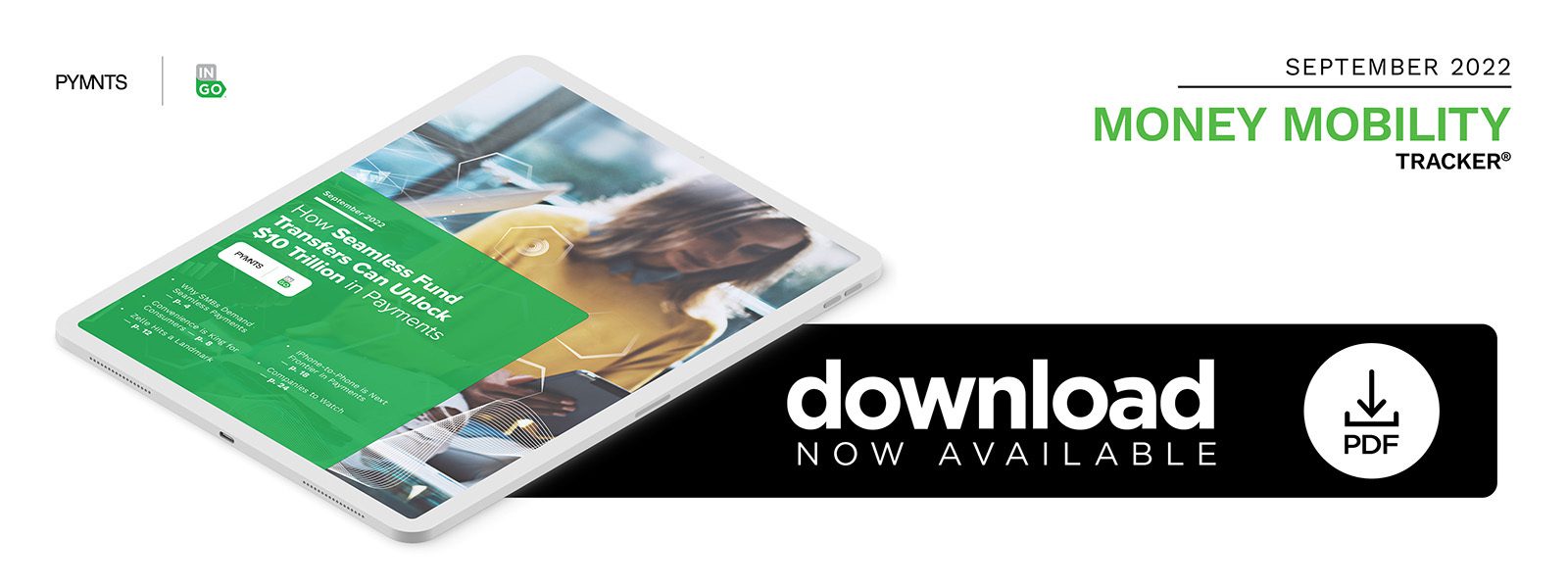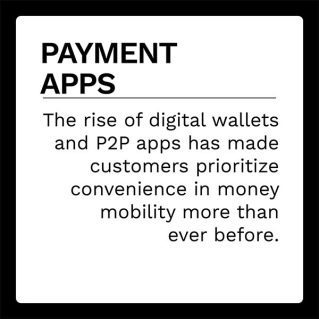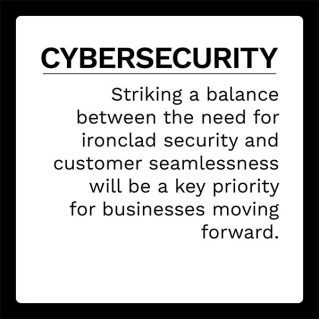FinTechs Say Traditional Payment Rails Don’t Meet SMB Owners’ Needs

 Digital payments have become table stakes in the United States and worldwide. More than $6.6 trillion in digital payments changed hands last year, a 40% increase from the two years prior. This sum is projected to hit $10.5 trillion within the next four years, and consumers and businesses are expected to become more demanding accordingly.
Digital payments have become table stakes in the United States and worldwide. More than $6.6 trillion in digital payments changed hands last year, a 40% increase from the two years prior. This sum is projected to hit $10.5 trillion within the next four years, and consumers and businesses are expected to become more demanding accordingly.
Seamlessness is the top priority, and businesses are scrambling to provide this, but cybersecurity concerns are rearing their head. Striking a balance between the need for ironclad security and customer seamlessness will be a key priority for businesses. Becoming lax on customer authentication is a surefire way to introduce digital fraud, with 54% of peer-to-peer (P2P) platforms saying they have run into false identities created through their authentication systems.
This edition of the “Money Mobility Tracker®” examines what individuals and businesses are looking for when it comes to seamless fund transfers for purchases, business-to-business (B2B) payments and more. It also explores how businesses are attempting to meet these demands, why customers will jump ship if unsatisfied and how the lingering shadow of digital fraud can potentially hamper these efforts.
Around the Money Mobility Space
 P2P payment apps are one of the most popular payment channels in recent years, in some cases even becoming more widespread than paper checks. Bank of America (BoA) recently reported that its P2P payment app Zelle’s transaction volume hit 239 million, a 26% increase from the 189 million payments reported last year. The second quarter of 2022 saw 156 million Zelle transactions compared to 123 million checks, a sea change in the traditional dynamic. BoA attributes this shift to increased Zelle use among small businesses, which now comprise more than 1.2 million of Zelle’s 17 million active users.
P2P payment apps are one of the most popular payment channels in recent years, in some cases even becoming more widespread than paper checks. Bank of America (BoA) recently reported that its P2P payment app Zelle’s transaction volume hit 239 million, a 26% increase from the 189 million payments reported last year. The second quarter of 2022 saw 156 million Zelle transactions compared to 123 million checks, a sea change in the traditional dynamic. BoA attributes this shift to increased Zelle use among small businesses, which now comprise more than 1.2 million of Zelle’s 17 million active users.
Fraud has been a problem for banks and other financial institutions (FIs) since their inception, but bad actors have grown increasingly creative with their techniques as payments become more digital. Experts have found a 41% increase in attempted fraud year over year across the board, with the highest growth occurring in mobile channels at 61%. Some of the more popular techniques include opening mule accounts online and double-depositing checks, both of which leave FIs holding the bag when their customers notice the missing funds. Many FIs are instituting holds of 10 days before customers can access their funds, but this is not very effective, said Ingo Money CEO Drew Edwards. Many check returns happen after this 10-day waiting period, meaning these payments are still vulnerable to fraudsters.
For more on these and other stories, visit the Tracker’s News and Trends section.
Why SMB Owners Demand Swift Fund Transfers
Small to mid-sized business (SMB) owners are the backbone of the modern economy, contending with the same challenges as their larger counterparts without nearly as many resources. One of their top priorities is ensuring that funds move quickly and seamlessly between accounts, but many legacy payment systems are much slower than SMB owners demand.
In this month’s Insider POV, PYMNTS talked with Lilac Bar David, founder and CEO of FinTech Lili, on how FIs and FinTechs can ensure smooth money transfers for SMBs.
What Customers Demand From FIs When it Comes to Money Mobility
Customers have switched from cash and checks to online banking, contactless payments and P2P payment apps in record numbers, demanding speed and seamlessness as their top priorities for digital payments. FinTechs and banks are eager to provide this for them but are challenged by the need for payments verification and fraud prevention.
This month’s PYMNTS Intelligence examines what customers are looking for in money mobility and how banks, FinTechs and other companies can effectively meet these demands.
About the Tracker
The “Money Mobility Tracker®,” a PYMNTS and Ingo Money collaboration, examines what individuals and businesses are looking for when it comes to seamless fund transfers for purchases, B2B payments and more. It also explores how businesses are attempting to meet these demands, why customers will jump ship if unsatisfied and how the lingering shadow of digital fraud can potentially hamper these efforts.